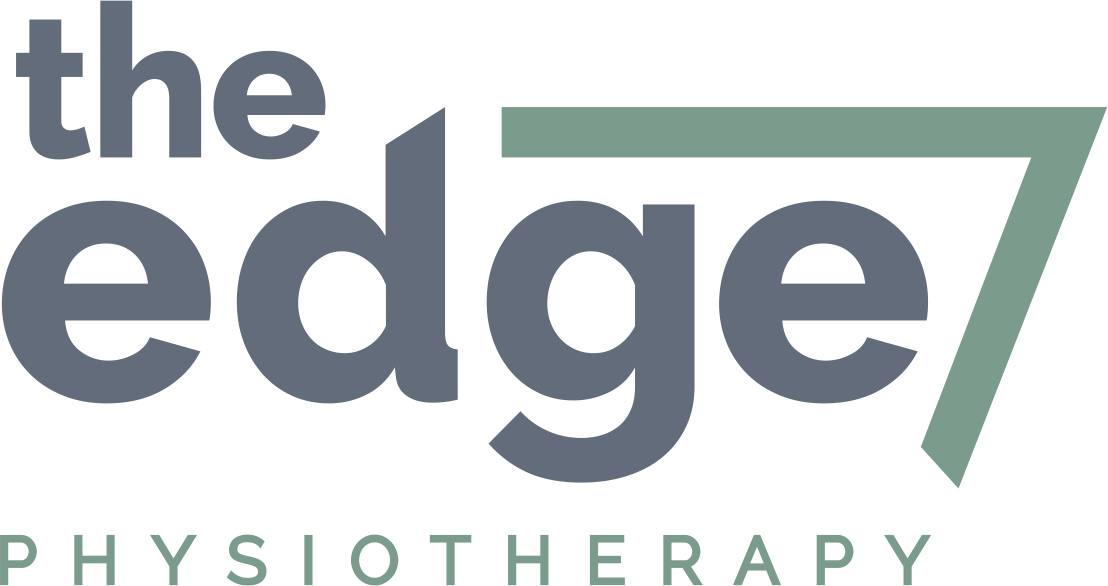The Female Athlete Triad
Occurring in women and girls, more so in the athletic population, The Female Athlete Triad is a syndrome characterised by a combination of three conditions that can co-exist together, including low energy availability with or without an eating disorder, menstrual dysfunction and low bone mineral density (ACSM, 2007). A diagnosis of The Female Athlete Triad is made in the presence of any one of these conditions as all three independently each have irreversible consequences to the patient including increased risk of injury and chronic conditions.
Low energy availability
Low energy, or negative energy balance via disordered eating or inadequate calorie intake to match the athlete’s energy expenditure, appears to drive the other two components of The Female Athlete Triad. When our energy levels are low, this in turn leads to less energy available for other bodily functions. This lack of energy availability can lead to problems with our cardiovascular, endocrine, reproductive, and skeletal systems.
Menstrual Dysfunction
Adolescents with The Female Athlete Triad can present with a variety of menstrual abnormalities including amenorrhea (no menstrual cycle), oligomenorrhea (menstrual cycles that are greater than 35 days apart.), and problems with ovulation. As you can imagine, low energy levels that result in changes to our hormones particularly oestrogen, affects fertility, bone density, sexual development and puberty, causes issues with insulin/diabetes, coronary artery disease, and predisposes the patient to anxiety and depression.
Low bone mineral density
Half of our peak bone mass is formed during puberty and during the first two years of menarche (menstruation), our bone mineral density builds by 25%. To build bone mineral density we must have adequate nutrition, energy, vitamin D and calcium, and engage in moderate physical activity with weight-bearing exercise. An athletes’ bones can become weaker when the density is less and make us prone to injury and fractures. A low energy availability plays a big part in bone mineral density, as oestrogen is an essential hormone for bone development. Part of The Female Triad is abnormal bone development, osteoporosis and osteopenia. Unfortunately, an adolescent can present with osteopenia and I have seen in it cases of young adolescent athletes with recurring lower limb injury and pain.
Signs and Symptoms that you may notice
chronic fatigue
weight loss
changes in bowel function: constipation
slowed growth
reduced muscle mass
irregular menstrual cycle
mental health issues: anxiety and depression
slow injury recovery
impaired athletic performance
infections and disease
recurring injuries
Management
Early screening and intervention is vital for the patient suffering from this syndrome and management requires a multi-disciplinary approach. As physiotherapists we are attuned to the signs and symptoms of this syndrome and we often work with general practitioners and specialists when it comes to getting the best outcomes for patients. An annual health review with a provider or a screening pre-participation evaluation with a physiotherapist for return to sport is a great opportunity to touch base with a therapist and screen adolescents for the female athlete triad. Education and prevention for athletes at risk is vital for good long term outcomes for the growing and maturing athlete.
We know this has been a heavy blog post this week with lots of information. If you have questions regarding this topic please feel free to contact us via our social media platforms.
Sam and Andy

